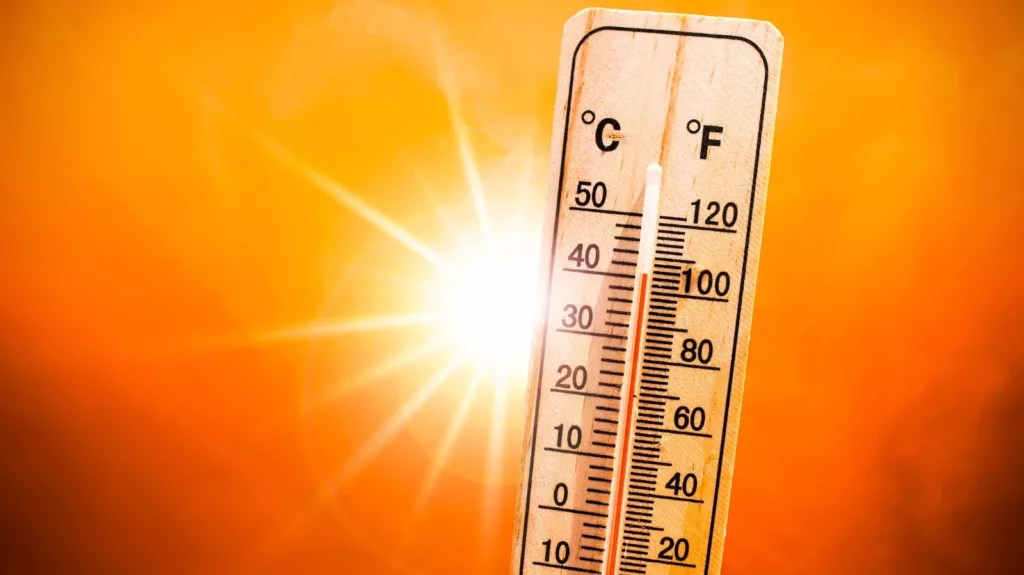NOAA predicts warm winter; El Nino will intensify by March 2024.

NOAA predicts warm winter; El Nino will intensify by March 2024. - Pune Pulse
By Pune Pulse
October 18, 2023
Pune: The intensity of El Nino conditions in the Pacific Ocean is currently on the rise. It is anticipated that this winter and summer will also experience higher temperatures than usual. Furthermore, the transformation of El Nino into a Super El Nino is expected to have detrimental effects on the upcoming monsoon season.
According to the US National Oceanic and Atmospheric Administration (NOAA), there is an 80 percent chance of El Nino intensifying by May. These conditions are projected to persist into the following year, with surface temperatures in the Pacific Ocean anticipated to exceed the average by 1.5 degrees Celsius.
Additionally, there is a 30% chance that sea surface temperatures will rise by 2 degrees Celsius, resulting in severe El Nino conditions. The emergence of a severe El Nino, or super El Nino, is likely to have adverse impacts on the Northern Hemisphere.
If the intensity of El Nino increases or remains active in the coming year, it is probable that the southwest monsoon in India will be negatively affected, and there is a risk of below-average rainfall if the wind flow remains weak and dry, allowing for the entry of low-evaporated winds into India.
The India Meteorological Department (IMD) has also attributed the disruption of rainfall in August this year to El Nino and has noted that July, August, and September experienced higher temperatures than normal.
Speaking to Pune Pulse, Anupam Kashyapi, Head of Weather Forecasting Division said, ”Relative humidity is high due to the presence of moisture from the Bay of Bengal and also from the north. As a result, the temperature increases, causing discomfort. Additionally, the night temperature or minimum temperature is also high due to the inability of long-wave radiation from the earth to escape, resulting in a suffocating night. This phenomenon is commonly referred to as the October heat, which is not as severe as the summer heat. It is anticipated that by early November, the weather conditions will undergo a change.”
Madhupriya Dhanwate








